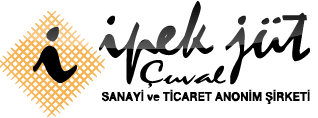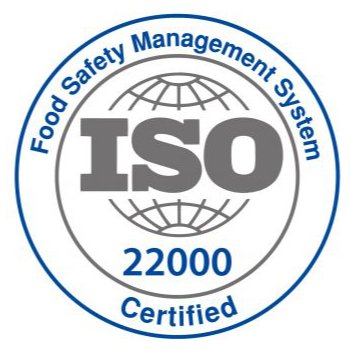
Menu
close
It is with great sadness that we share the passing of Mr. Ertuğrul Karslı, Chairman of the Board of İpek Jut Çuval.
Throughout the years, he inspired us with his leadership, vision, and dedication, leaving an unforgettable mark on our company and industry. Mr. Karslı was not only a successful executive but also a kind-hearted person who supported his employees, business partners, and everyone around him.
We extend our deepest condolences to his family, loved ones, and colleagues, and we reaffirm our commitment to honoring his legacy as we move forward.
Sincerely,
The İpek Jut Çuval Family
İpek Jüt Çuval Sanayi ve Ticaret A.Ş. has renewed its website to provide users with a more modern and functional experience. The new design has been developed to reflect the company's strong position in the industry, offering visitors easier access and better information flow. With updated content and a user-friendly interface, it aims to serve its customers more effectively.



